HISTORICAL DEVELOPMENT OF PARLIAMENT
-
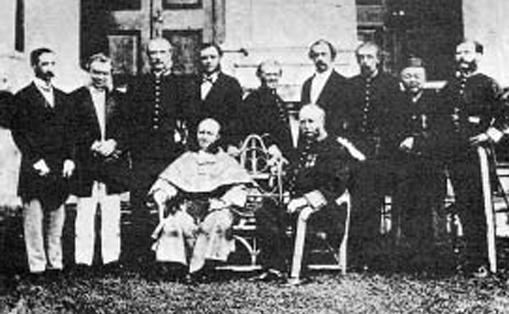
1867
The Straits Settlements comprising Singapore, Penang and Malacca, was made a Crown Colony and its administration was transferred from the India Office to the Colonial Office in London. On 4th February, by a "Letter Patent", Singapore was granted a Colonial Constitution with powers concentrated in the hands of the Governor. The Governor was assisted by an Executive Council and a Legislative Council. The Legislative Council made all the laws in the Colony but the Governor had a casting vote, and had the power to assent and veto on all Bills. Some members of the Legislative Council were nominated by the Governor but these members did not really represent the people.
-
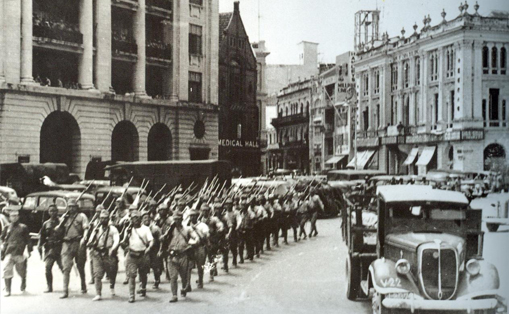
1942
The British was defeated by the Japanese invading forces and Singapore was occupied by Japan for 3 years.
-
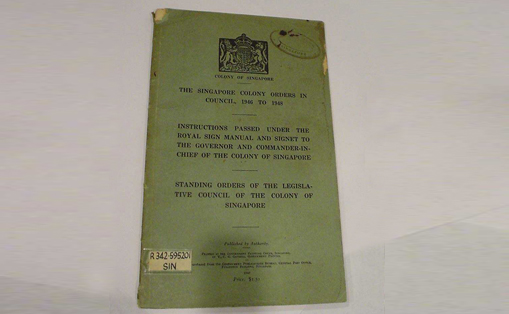
1946
At the end of the Japanese Occupation, the Straits Settlements was dissolved with the Repeal Act of 1946. Penang and Malacca became part of the Malayan Union while Singapore became a separate Crown Colony. After the War, the people of Singapore wanted more say in the management of their own affairs and a new Colonial Constitution was passed. The Singapore Colony Order-in-Council of 1946 to 1948, provided for a partly elected Legislative Council of 6 non-officials elected by adult British subjects.
-
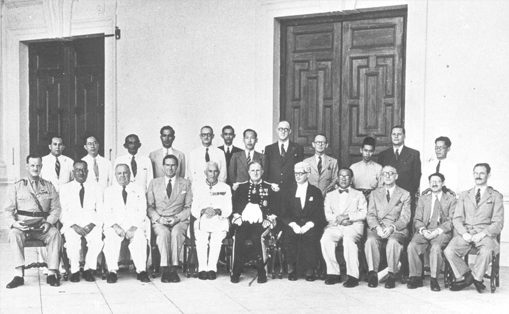
1948
In this first Legislative Council election of 1948, only British subjects were allowed to vote. Eligible voters had to register themselves as voters, but out of the 200,000 people who were eligible to vote, only 23,000 people registered to vote. The Progressive Party was the only political party that took part in the election, winning 3 out of 6 seats.
-
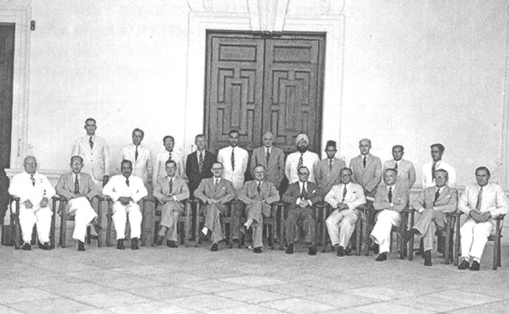
1951
Singapore was declared a City by Governor Franklin Gimson. The number of elected seats in Legislative Council was increased to 9 and in the second Legislative Council election, the Progressive Party won 6 out of 9 seats.
-
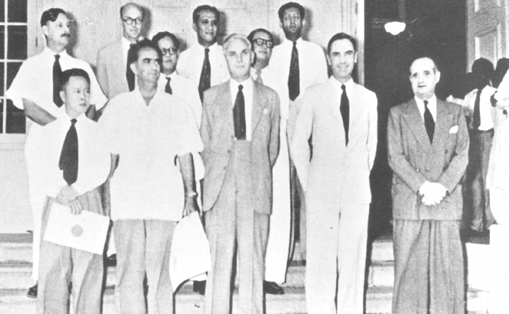
1953
Sir George Rendel was appointed to lead a Commission to look into constitutional reforms for Singapore. It recommended a Legislative Assembly with an elected majority and a ministerial form of government. The local government would be in-charge of trade and industry, health, education and housing while internal security, foreign affairs, finance and external defence remained under the control of the British. The Governor retained the right to veto any proposed law.
-
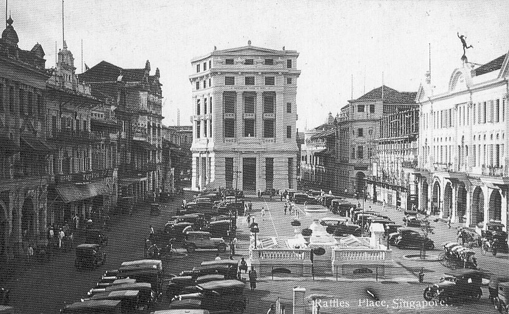
1956
The Labour Government led three all-party missions to London in 1956, 1957 and 1958, with the aim of obtaining early self-government. The talks ended with an agreement to grant Singapore self-government.
-
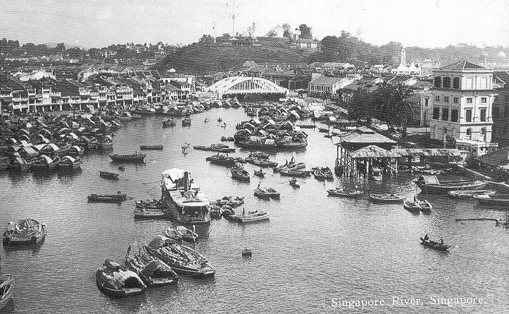
1957
Singapore citizenship was offered to those born in Singapore or the Federation and to British citizens who had resided here for two years. Residents who had stayed in the colony for 10 years and were prepared to swear their loyalty to Singapore were offered naturalisation.
-
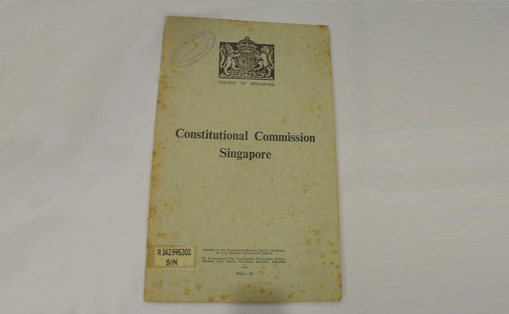
1958
The British Parliament passed a State of Singapore Act in 1958 and Singapore's status was changed from a colony to a State. The Singapore (Constitution) Order-in-Council was enacted and it created the position of a Yang di-Pertuan Negara as the constitutional Head of State, a Prime Minister and a 51-elected member Legislative Assembly. It granted the elected government control over all domestic affairs except for foreign affairs, external defence and internal security. For the first time, Members of the Legislative Assembly could also debate in English, Malay, Mandarin and Tamil.
-
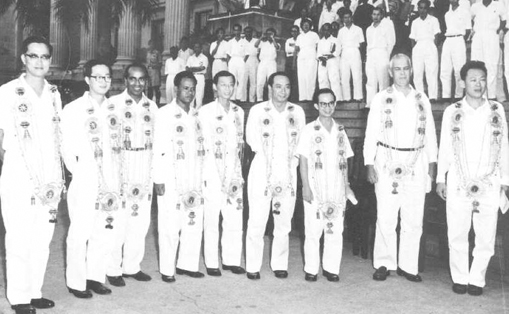
1959
Singapore attained full self-government. The Legislative Assembly election was won by the People's Action Party (PAP) and PAP's party leader, Lee Kuan Yew, became the first Prime Minister.
-
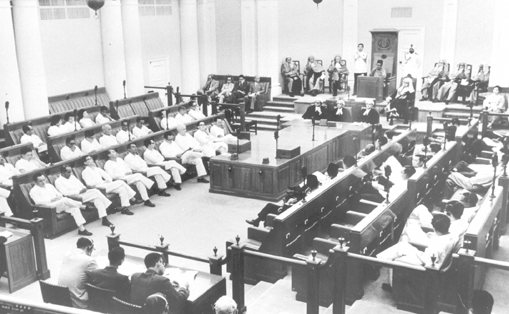
1960
The PAP government had to battle communist elements both within and external to the party. In July 1961, after PAP lost the Anson by-elections, Prime Minister Lee Kuan Yew demanded a motion of confidence. The debate raged through the night and in the final outcome, 27 Assemblymen voted for the PAP government, and 24, including 13 of PAP's left-wing members, either abstained or voted against the motion of confidence. The 13 PAP Assemblymen who had abstained, were expelled from the party. These men went on to form the opposition, Barisan Sosialis.
-
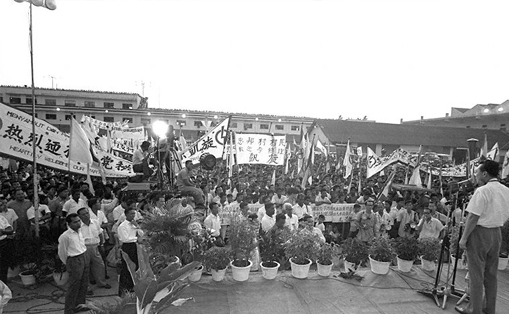
1962
The PAP government supported the idea of a merger with Malaysia to achieve early independence. However, the Assembly could not agree on the terms of merger with Malaya and in September 1962, a national referendum was held and 71% of the people of Singapore voted for the government’s proposals for merger with Malaysia.
-
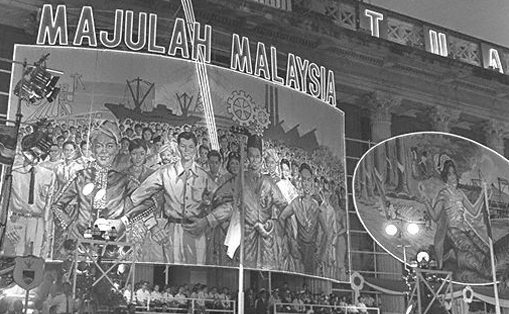
1963
With the conclusion of the Malaysia Agreement, Singapore, Sarawak and Sabah joined the existing states of Malaya to form the Federation of Malaysia. Under the Agreement, Singapore retained control over her internal affairs and left the control of foreign affairs, defense and internal security to the federal government. Singapore was allocated 15 of 127 seats in the new federal legislature and retained her own legislative assembly and executive government. The Sabah, Sarawak and Singapore (State Constitutions) Order-in-Council was enacted to effect this change in status. On 16th September 1963, the Malaysian Proclamation announced the merger of Singapore with Malaysia.
-
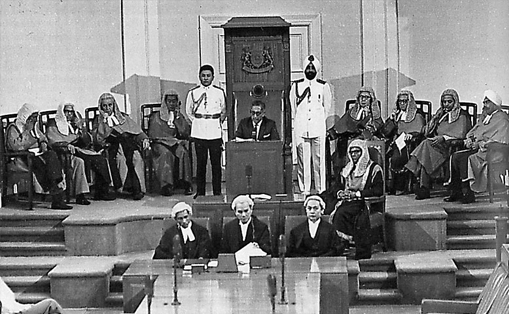
1965
Singapore was separated from Malaysia on 9th August 1965 and she became a sovereign, democratic and independent nation. The separation of Singapore from Malaysia was effected by three important documents. The Constitution and Malaysia (Singapore Amendment) Act, the Constitution of Singapore (Amendment) Act and the Republic of Singapore Independence Act 1965. The Independence Act was passed by Parliament to provide for the continuity of the existing laws and the adoption of some provisions of the Malaysian Constitution after Singapore left the Federation of Malaysia.
-
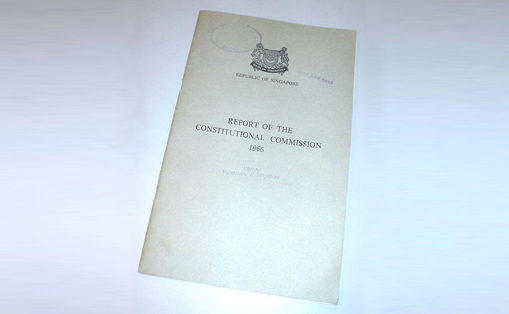
1973
A Constitutional Commission was set up in December 1956 to propose on how to safeguard the rights of racial, linguistic and religious minorities in the Constitution and to ensure that the minority would not be discriminated by legislation or any government body. They recommended the establishment of a Council of State, which led to the creation of the Presidential Council in 1970, renamed as the Presidential Council for Minority Rights in 1973.
-
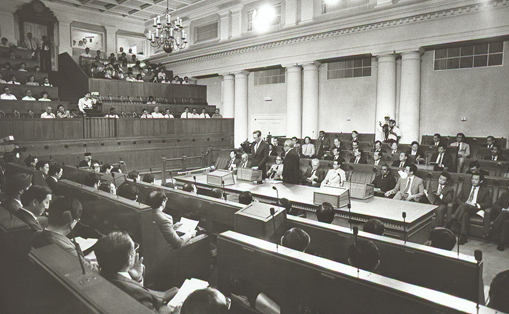
1984
In an effort to ensure that there will always be a minimum number of members from the opposition parties, a constitutional amendment was passed in 1984. This amendment allowed the best "losers" (maximum of 6) from among the opposition candidates in a General Election (based on percentage of votes cast), to sit in Parliament as a Non-Constituency Member of Parliament. The criteria is that he/she must obtain at least 15% of the votes cast.
-
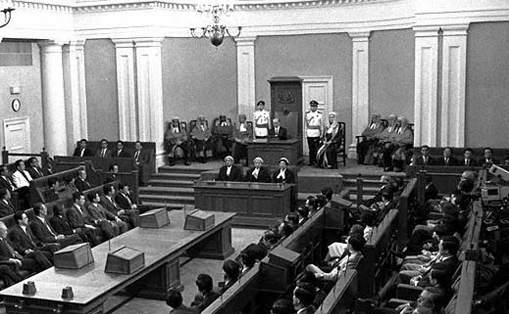
1991
The Constitution was amended to provide for a directly-elected Head of State who would be provided with veto powers to safeguard Singapore's foreign reserves, ensure the integrity of the public service and to act as a check on certain powers of the Government.
